Egypt is the oldest tourist destination on Earth. One of its major tourist attractions, Luxor has been called the world’s greatest outdoor museum. According to our guide one third of all the world’s monuments can be found here. Everywhere you look is another historic site. Our visit focused on the Valley of the Kings, the Hatshepsut Temple, Colossi of Memnon, and the Luxor Temple complex. Along the way we dined one the banks of the Nile River. Pretty incredible.
From the 16th to 11th Century BC rock cut tombs were excavated for the pharaohs and nobles of the dynasties of Ancient Egypt. Now known as the Valley of the Kings these tombs were created from the inside out and decorated with scenes from Egyptian mythology. The pictures that remain provide clues about the beliefs and funeral rituals of the period. To date 63 tombs have been discovered, ranging from simple tombs created for one individual to a tomb with more than 120 chambers, one for each of the Pharaoh’s children. It is also where King Tut’s tomb is located.
Hatshepsut was only the second woman to rule Egypt, and the longest reigning female in its history. She was the daughter, sister and wife of a king. During her 20-year reign, Egypt prospered. Unlike other rulers in her dynasty, she was more interested in ensuring economic prosperity and building and restoring monuments throughout Egypt and Nubia than in conquering new lands.
The Colossi of Memnon are twin statues of the Pharaoh Amenhotep III. Built in 1350 BC they are all the remain of Amenhotep’s memorial temple, which once covered 86 acres. The temple originally stood on the edge of the Nile floodplain and the annual floods have led to the temple’s destruction.
Last, but not least, the Luxor Temple is a massive Ancient Egyptian temple complex located on the east bank of the Nile River. Built around 1400 BC, the complex includes several different temples dedicated to the rejuvenation of the status and position of kings, and a variety of chapels built by different dynasties. King Tut even contributed some of the buildings on the property. Leading to the entry way of the Luxor Temple complex is the Avenue of the Sphinx, an ancient road lined on either side with more than 50 sphinx statues.
Not only was it a day of amazing sites, it was also a day of amazing temperatures. We hit a whopping 121 degrees while visiting the tombs, and it just got hotter from there. And let us tell you, 121 is HOT!!
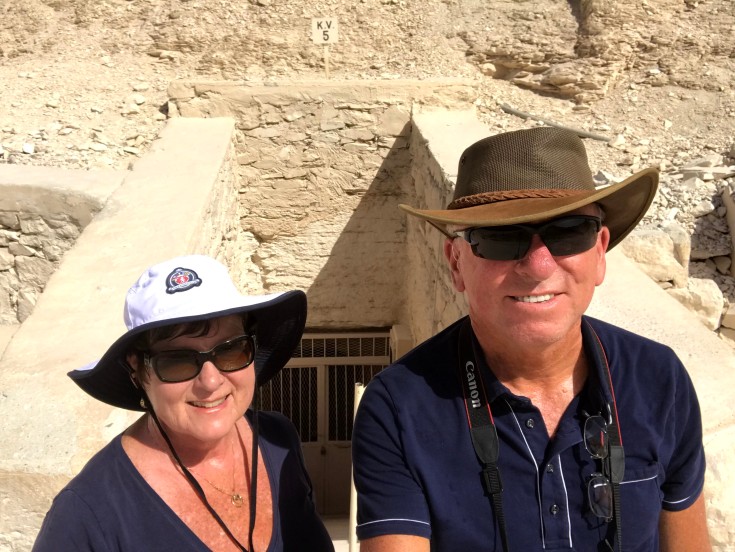
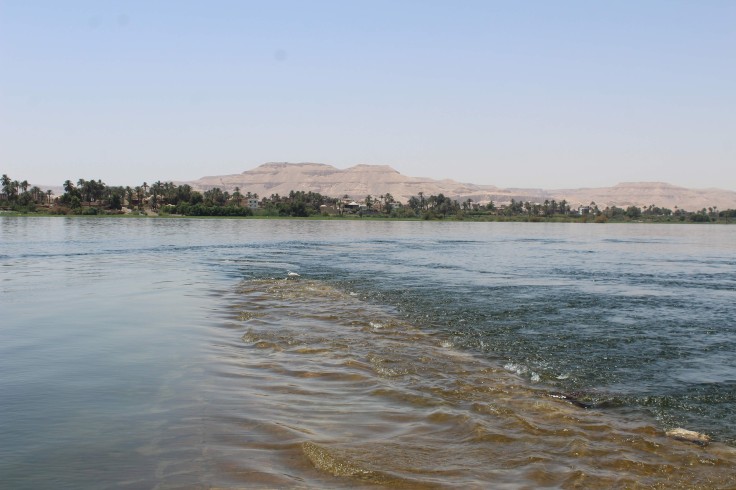
We lunched along the banks of the NileRiver. 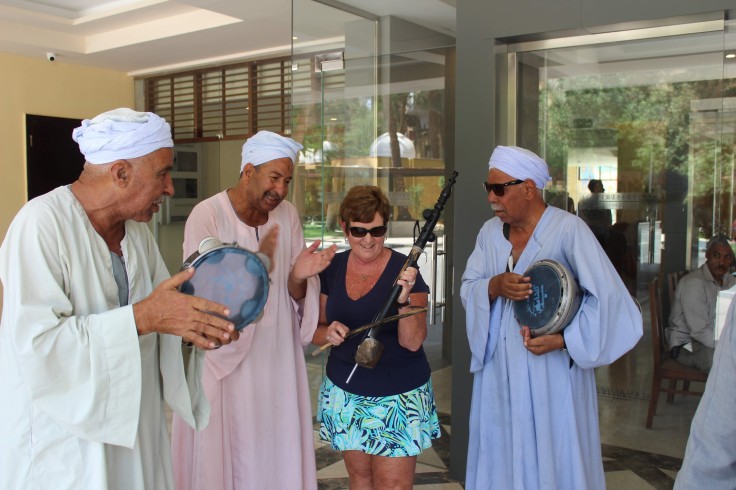
Pam was invited to join the entertainment. 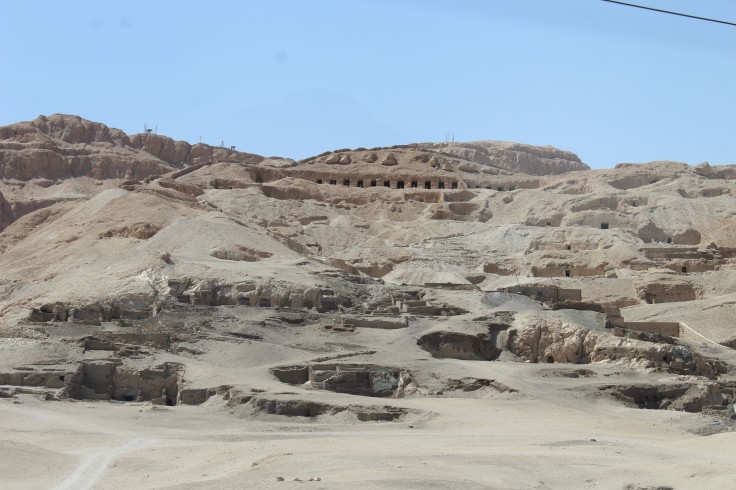
Ruins are everywhere. We passed this hill still to be excavated – a whole city just waiting to be discovered. 
Backdrop to the Valley of the Kings. 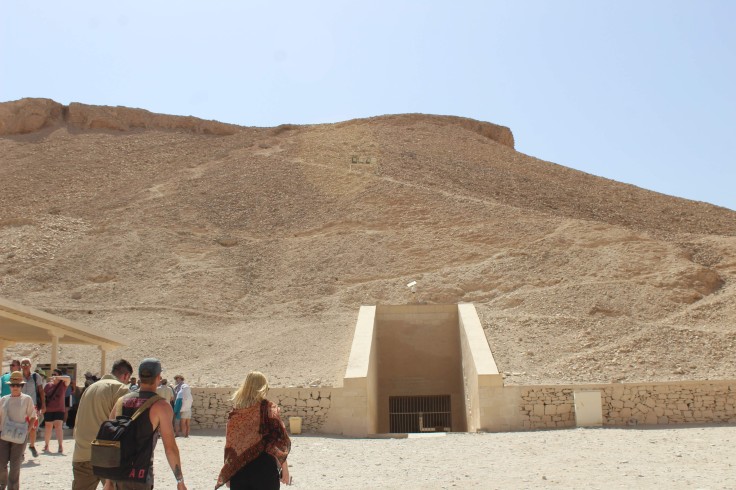
Entrance to one of 63 known tombs. 
Entering a tomb. 
These things are massive. 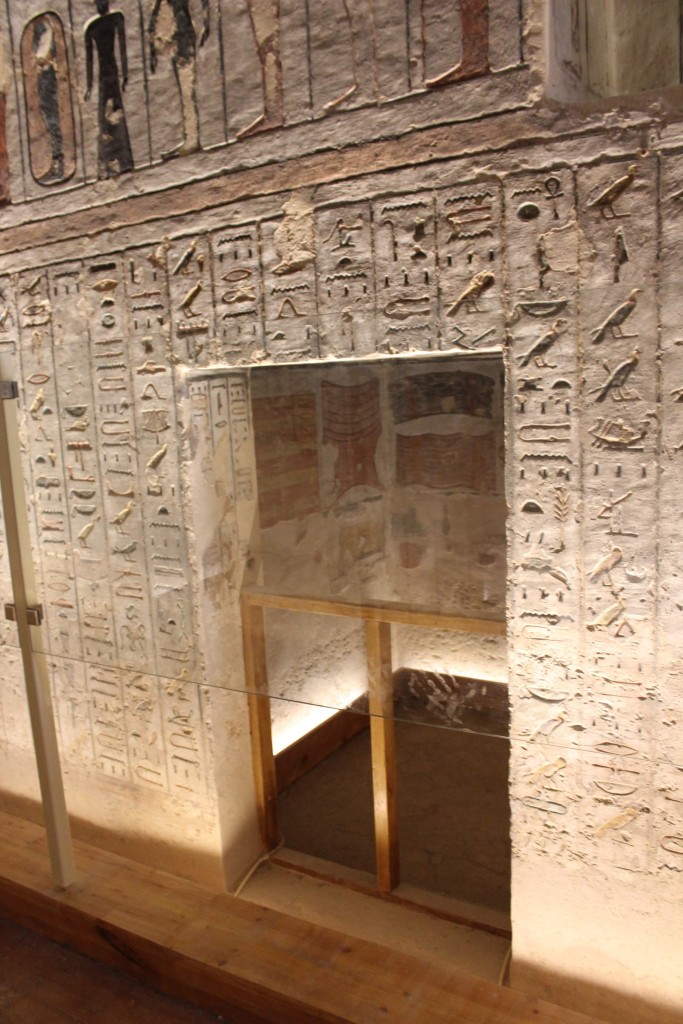
A chamber within the tomb, probably for a child. 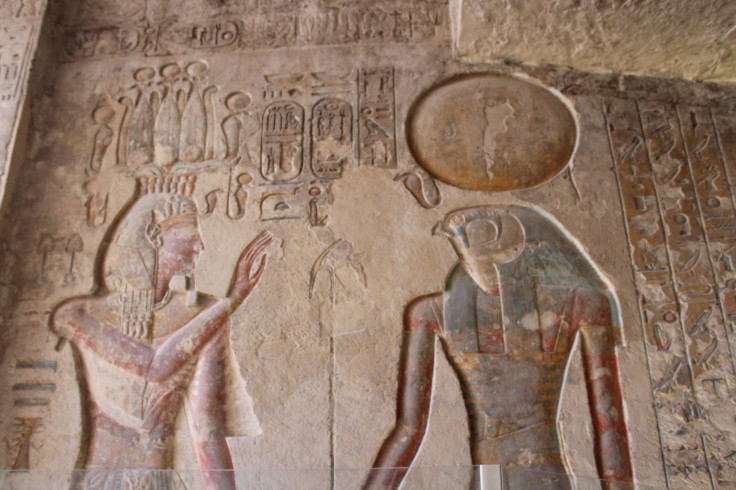
Fantastic artwork… 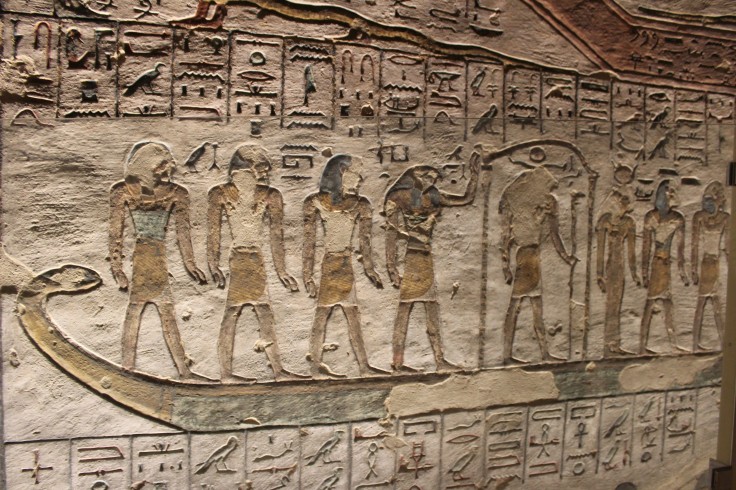
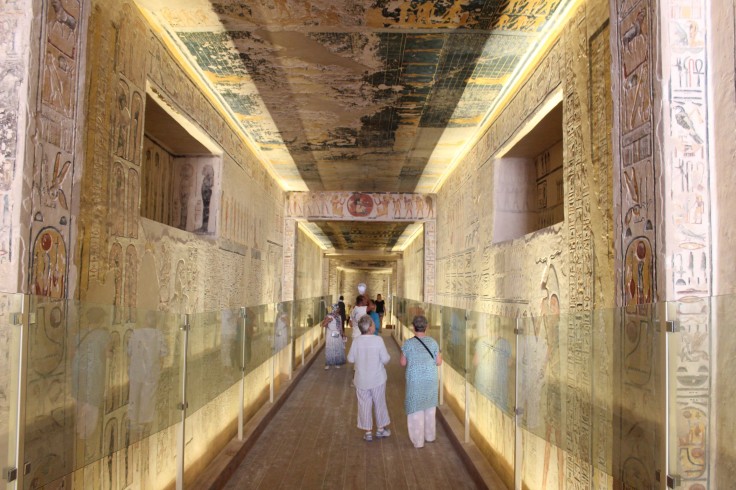
Entering another tomb. 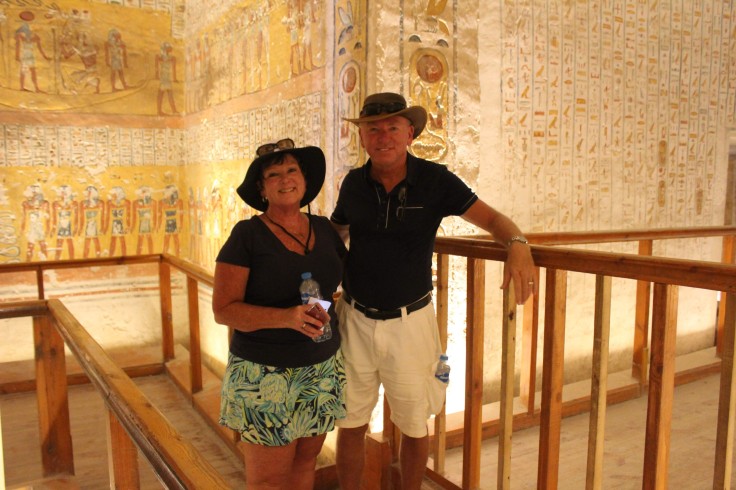

Crypt within the tomb – where the pharaoh would be buried. 
More sensational artwork. 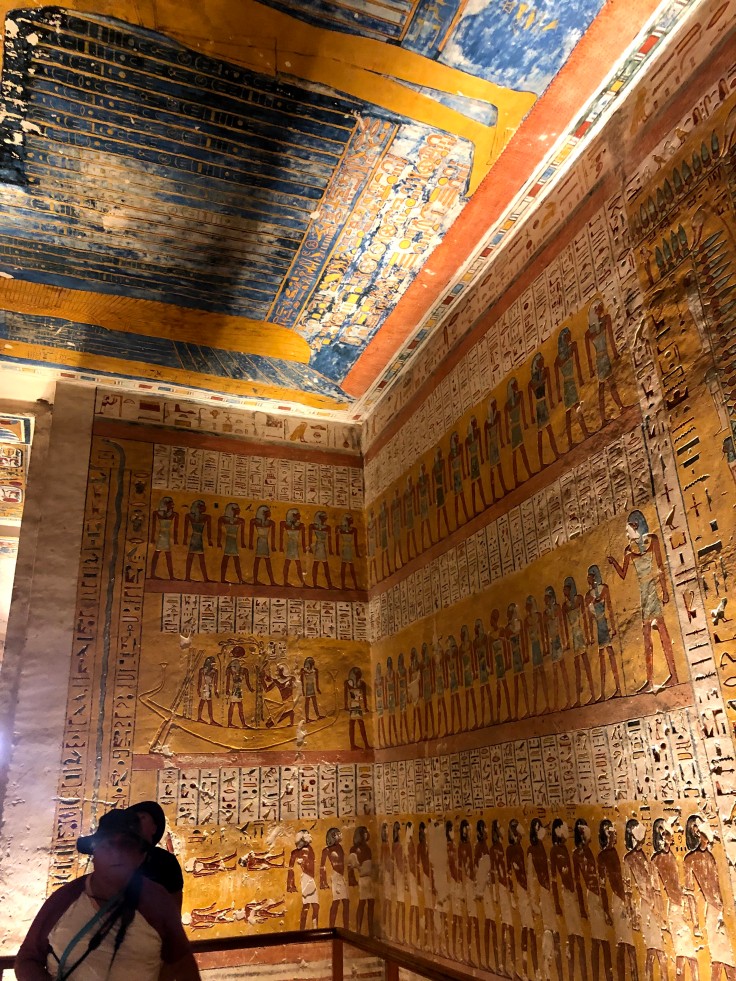
Even the ceilings are decorated. 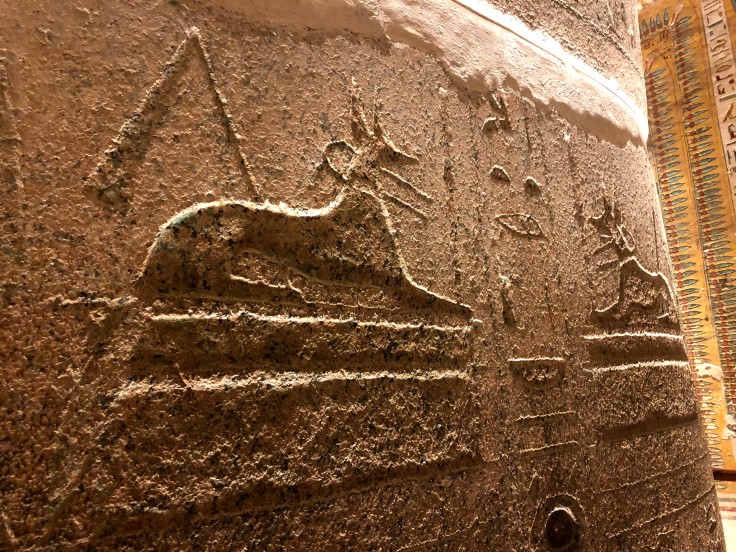
Artwork includes carvings. 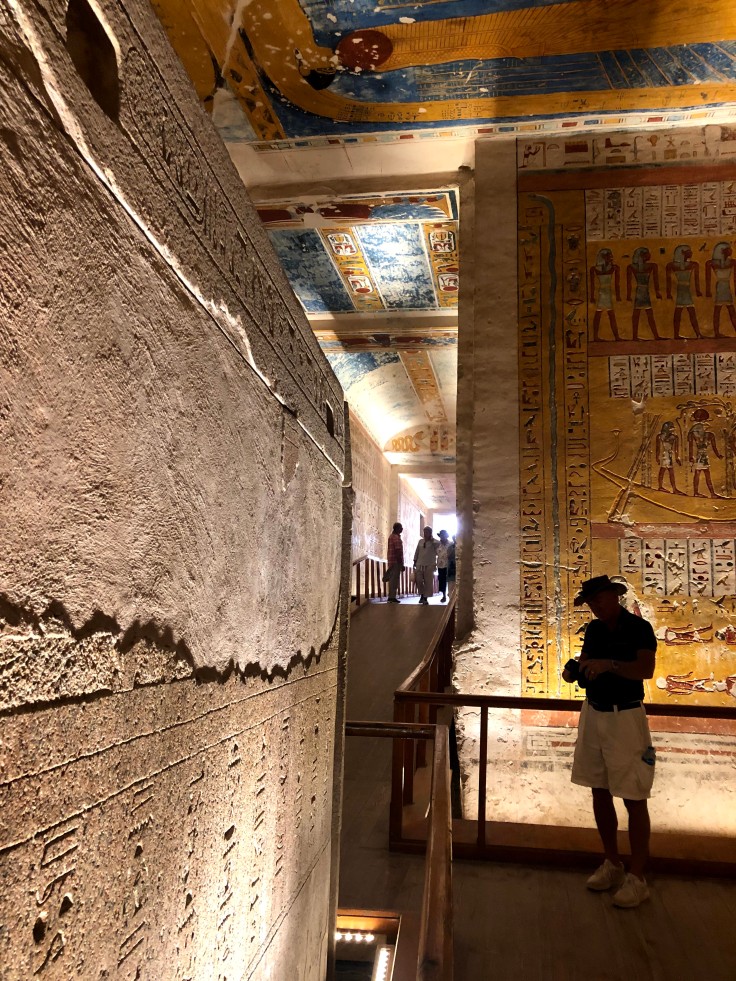
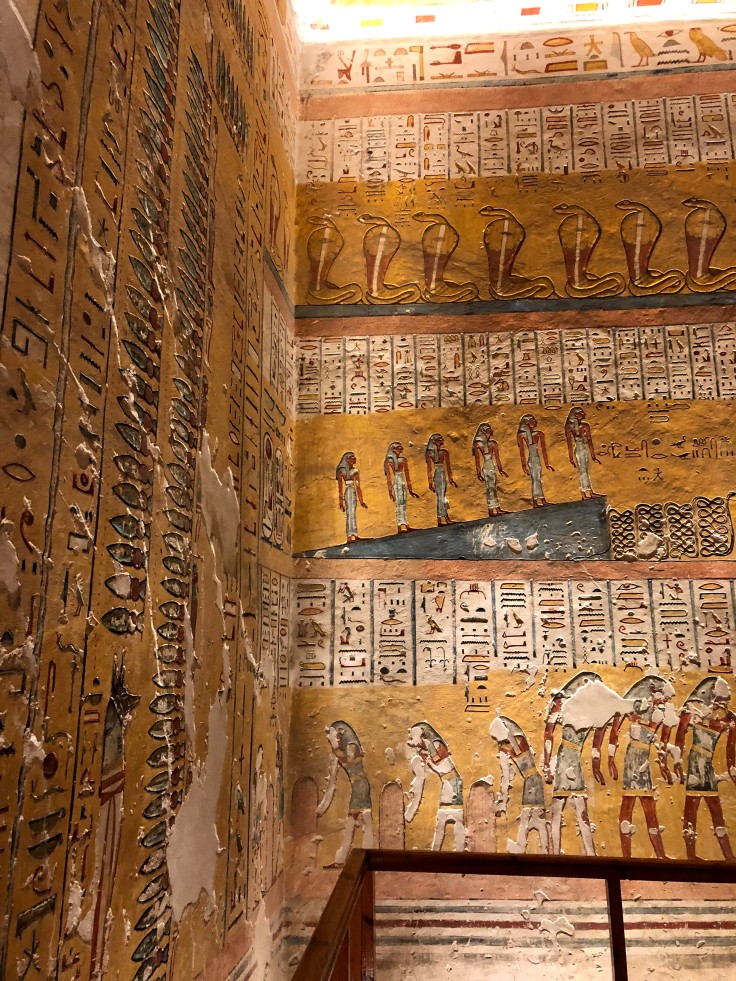
None of the colors have been touched. This is all natural colors preserved. 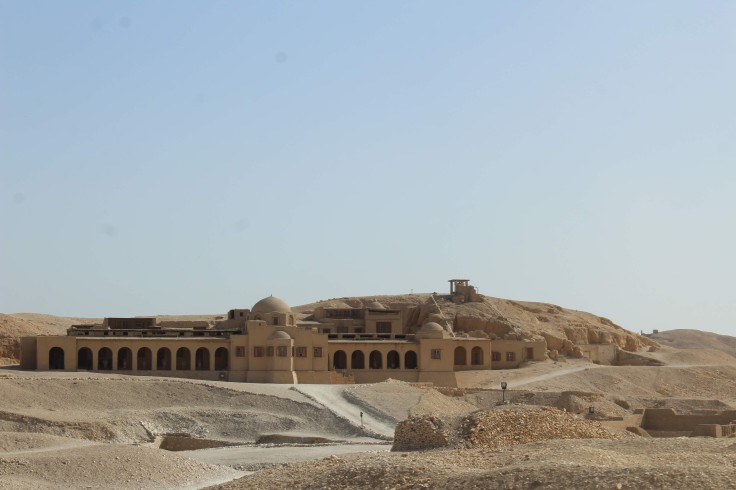
Hatsheptut Temple. 
Hatsheptut Temple. 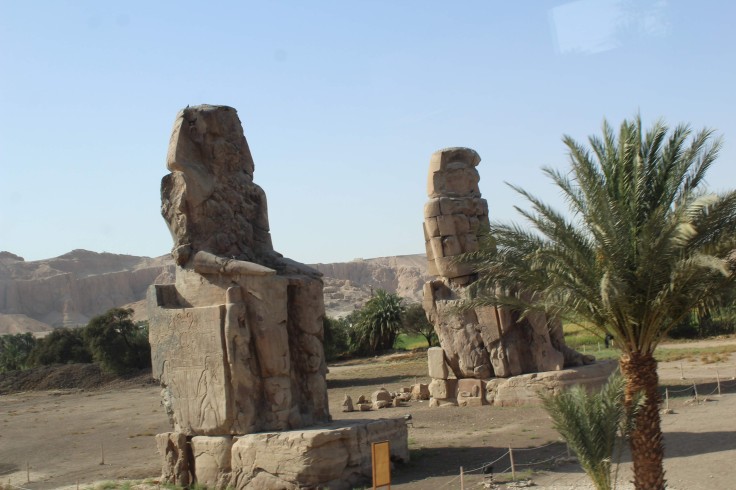
Colossi of Memnon 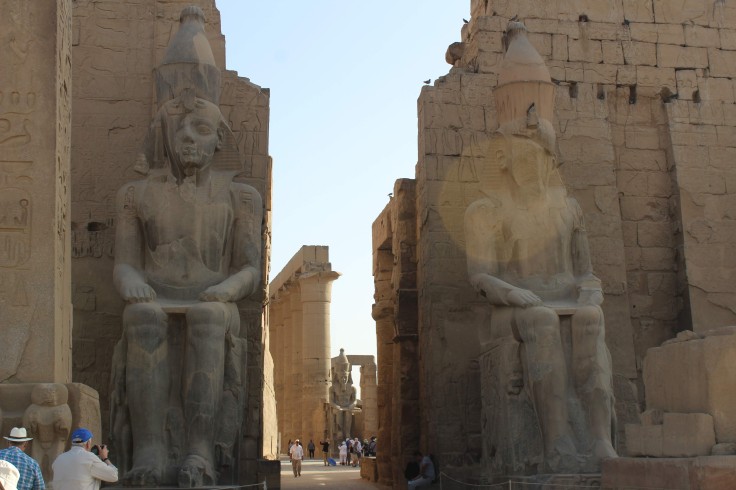
Entrance to Luxor Temple 
Luxor Temple 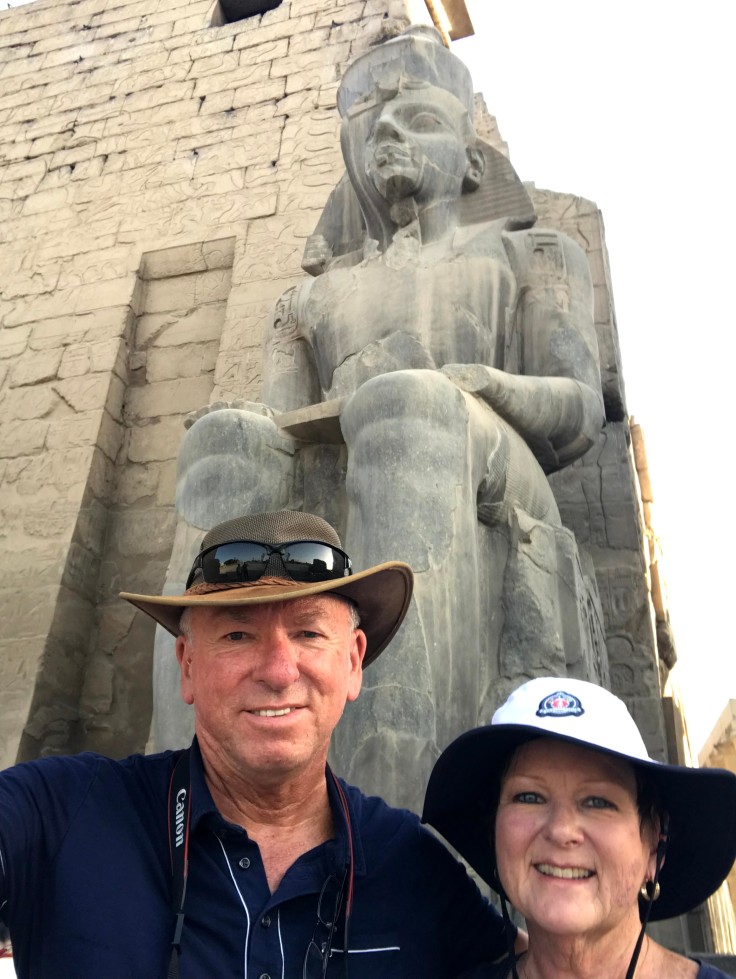
Luxor Temple 
Luxor Temple 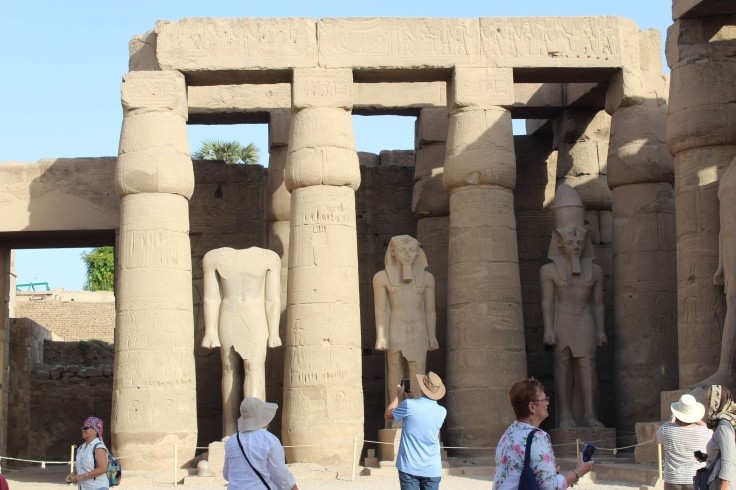
Luxor Temple 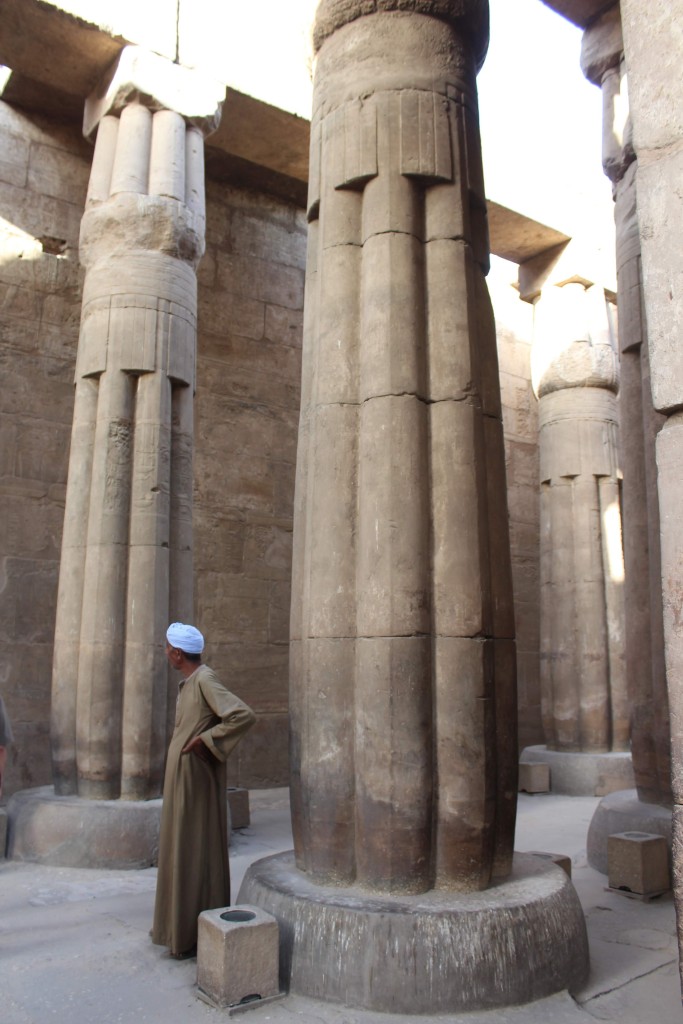
Luxor Temple 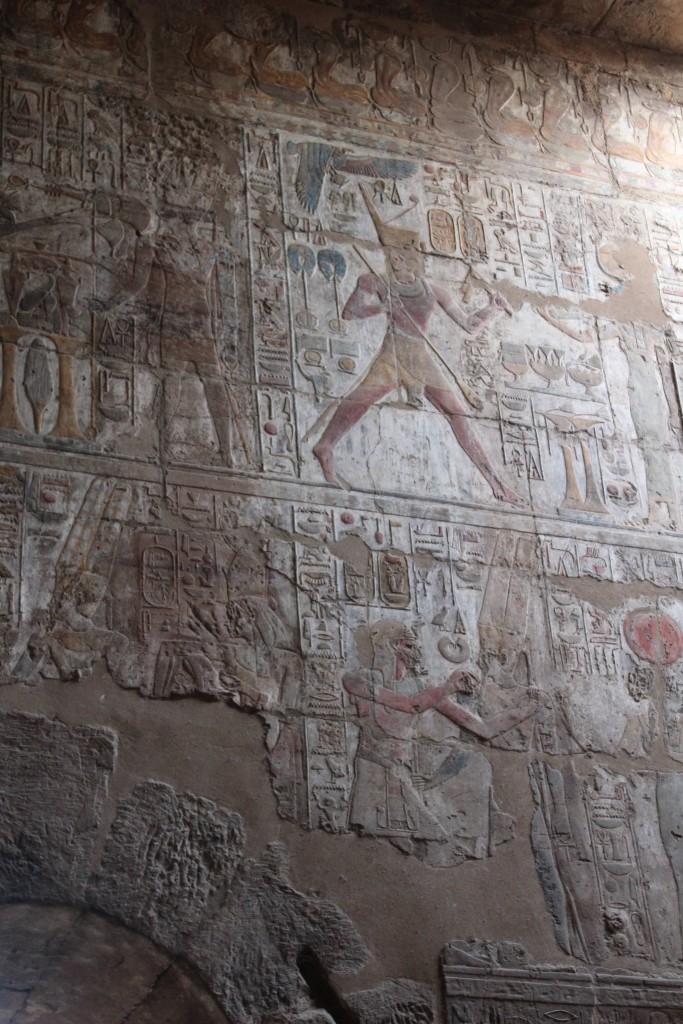
Paintin on the walls of Luxor 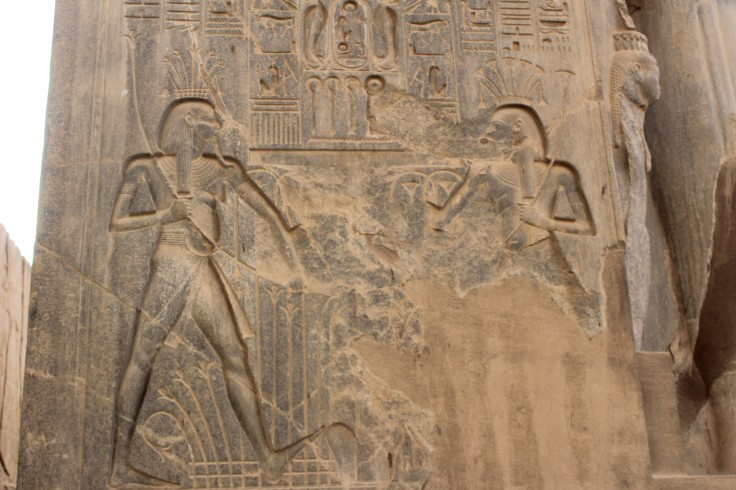
Carvings on the columns of Luxor 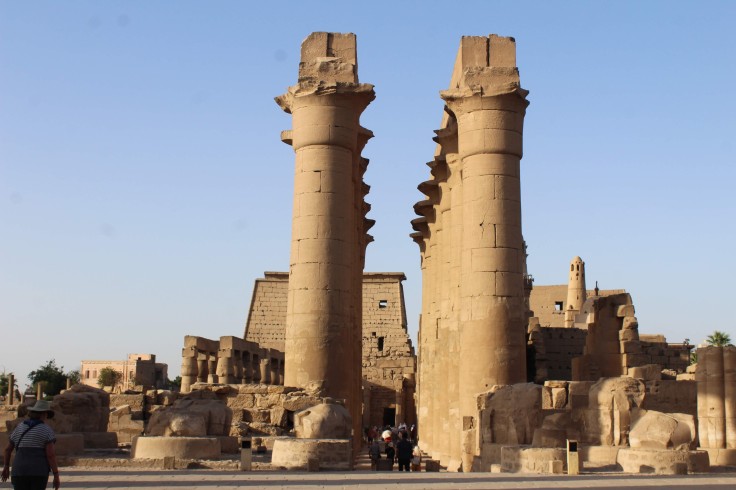
Luxor Temple 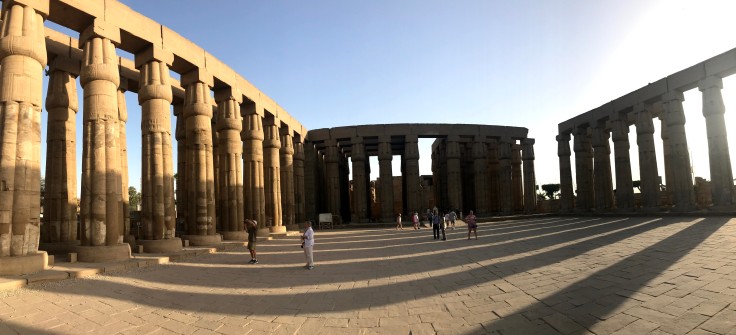
Courtyard at Luxor Temple 

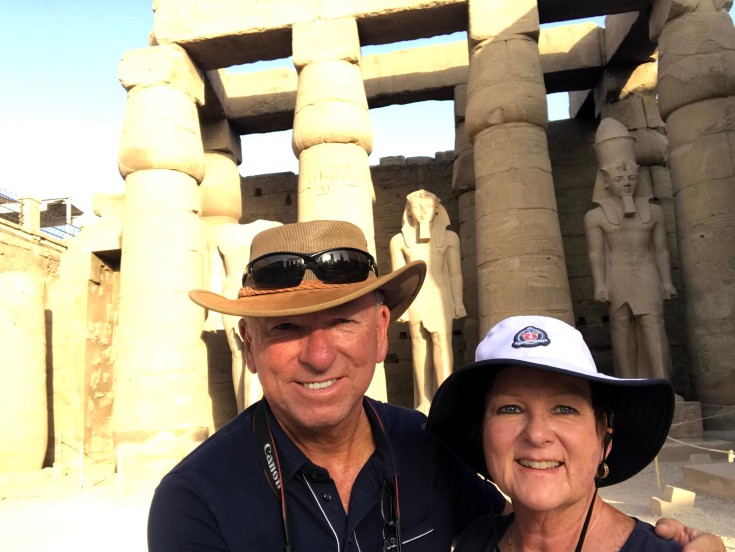
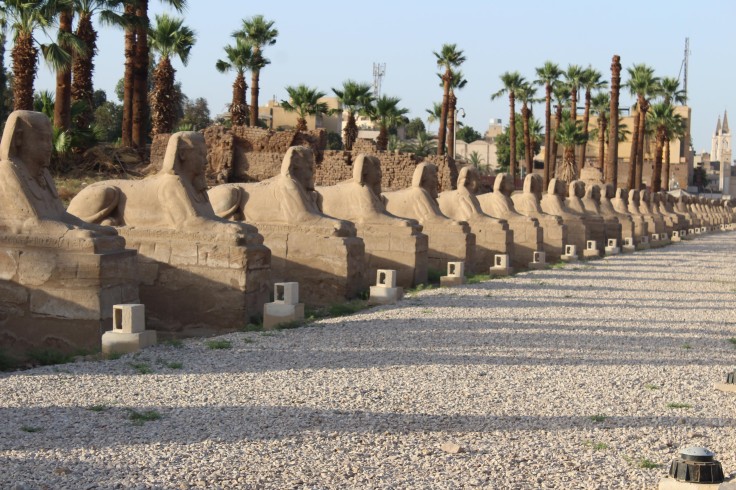
Avenue of the Sphinx 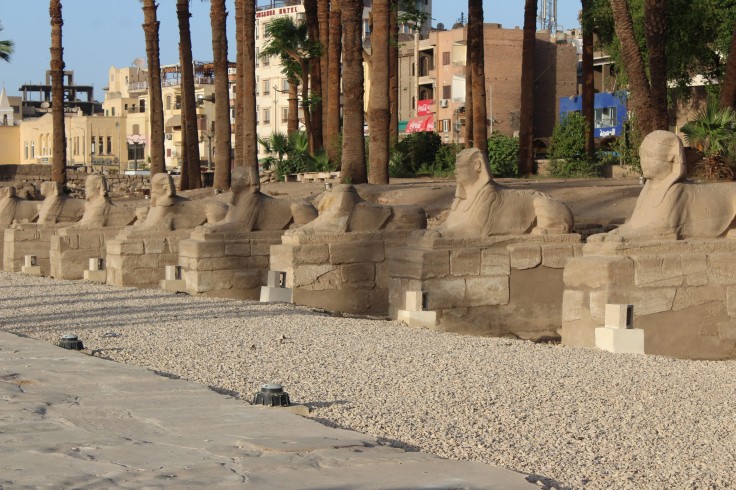
Avenue of the Sphinx 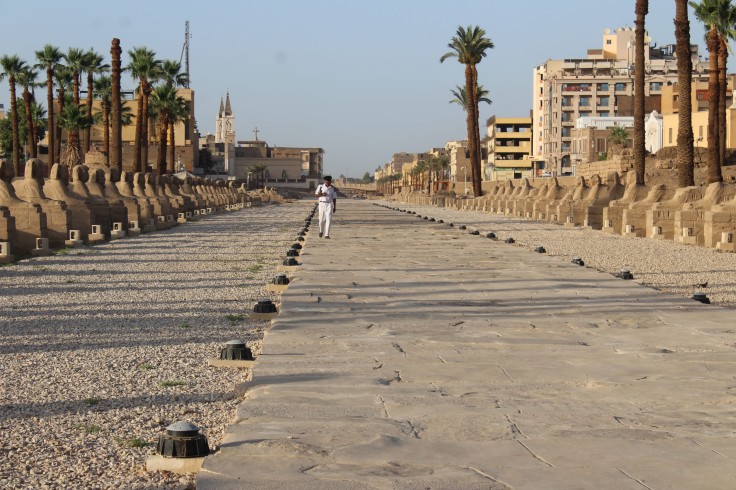
Avenue of the Sphinx
